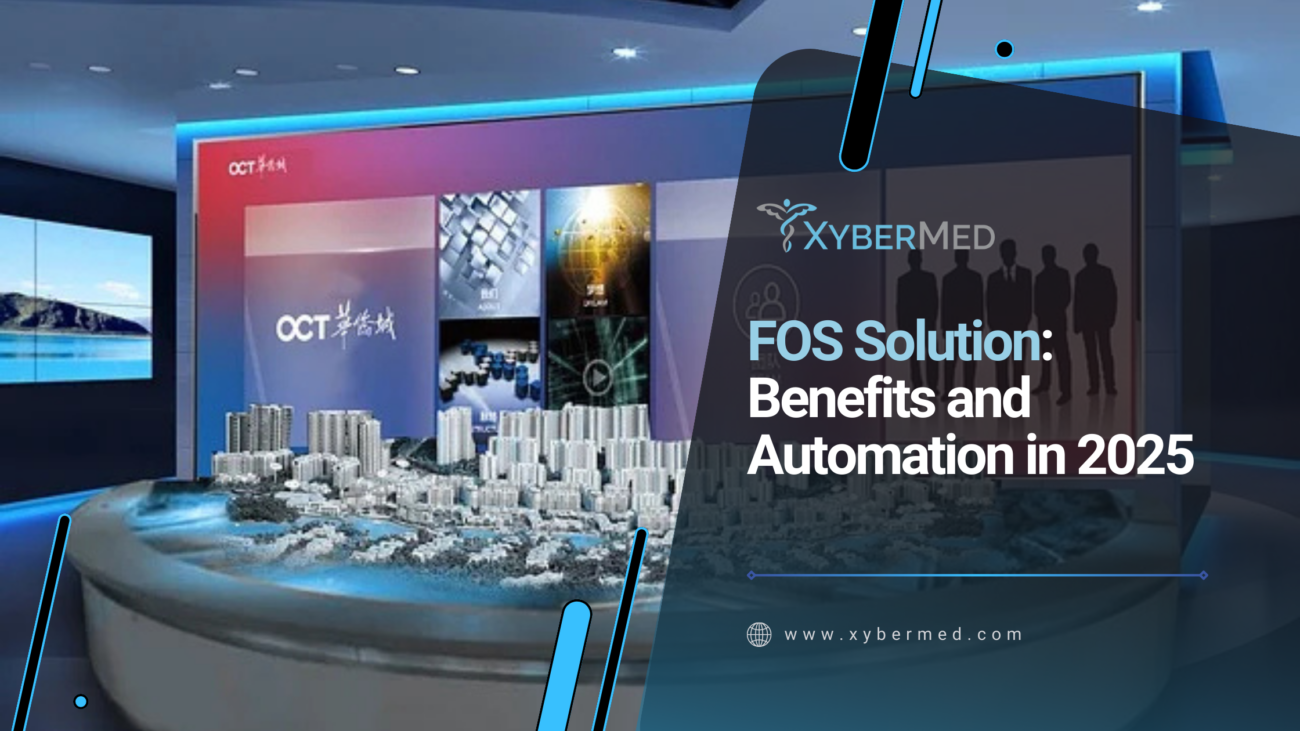Having a manual Revenue Cycle Management(RCM) in healthcare is daunting. From conducting basic tasks of entering patient data to handling massive claims, it consumes both time and energy. On top of that, traditional methods of revenue cycle management often cause errors resulting in denials. But not anymore!
AI has revolutionized the infrastructure of revenue cycle management in healthcare by automating repetitive tasks, reducing errors, and providing valuable insights that drive better financial outcomes. Infact, 40% adults in US believe AI will improve quality of care.
If you’re a healthcare provider, this blog is for you. Coming up next, we’ll walk you through the amazing offerings of AI in healthcare RCM.
Role of AI in Revenue Cycle Management
The significance of AI has become critical more than ever. AI is revolutionizing healthcare RCM efficiently streamlining workflows that reduce errors, and enabling data-driven decision-making. By automating repetitive tasks, AI allows healthcare providers to focus on patient care while ensuring timely payments and compliance with complex regulations.
This section introduces the role of AI in optimizing financial health for medical institutions, setting the stage for deeper insights into specific AI-driven improvements in the RCM process.
Enhanced Front Desk Solution in Revenue Cycle Management
Nothing is more relaxing than having assistance with front desk tasks. Here AI brings comfort by handling front desk operations in healthcare, enhancing efficiency and patient satisfaction. Here’s how AI helps:
1. Improved Patient Entry for Efficient RCM
Major denials occur due to incorrect patient entry. AI on the other hand can assemble correct data of thousands of patients simultaneously.
2. Automated Appointment Scheduling
Patients can book or reschedule through AI-powered platforms, reducing wait times and no-shows.
3. Real-Time Insurance Verification
AI instantly checks coverage, minimizing billing errors and ensuring transparency to prevent denials at the time of claims.
4. Friendly Chat Support
Having a friendly chat support system makes patients feel at home. AI helps with patient’s queries 24/7 helping them with their concerns that reduces human efforts.
5. Billing Estimates
AI provides upfront billing and payment options that smoothens payment processes for patients and staff.
Smoot Credentialing Process for Improved Revenue Cycle Management
Credentialing is a crucial factor for health care providers to get reimbursed and AI can also assist in that regard. It significantly improves the credentialing process by automating and streamlining steps preventing human errors, and resultantly get timely approvals.
1. Data Collection and Verification for Better RCM
AI gathers and verifies provider information from multiple sources (e.g., education, certifications, work history), ensuring accurate and complete documentation.
2. Automated Application Processing
AI reviews credentialing applications effectively and rectifies every missing or incorrect information for faster corrections.
3. Real-Time Status Tracking
Credentialing takes time and providers need to track with status. Therefore, AI provides real-time updates on credentialing progress, allowing providers and administrators to track each step easily.
Save Your Time with AI Prior-Authorization
As some treatments require pre-authorization from insurance companies, it takes a lot of time and effort from both providers and the administrative department. However, with AI you can save yourself.
AI automation quickly verifies with patient’s treatment and submits all the necessary documentation within time resulting in reduced efforts and higher results.
Master Denial Management in Revenue Cycle Management with AI
Not only does AI help providers with their routine tasks, in fact; it helps in mastering denial management as well. The majority proportion of revenue in healthcare is made through claims. However, often providers have to face barriers in getting their claims due to errors but with AI assistance, they can get rid of it.
Here’s how!
1. Automated Denial Identification
AI quickly identifies denied claims and categorizes them based on the reason for denial (e.g., coding errors, eligibility issues), allowing teams to prioritize follow-up efforts.
2. Root Cause Analysis
AI scans quickly and spot common issues, helping providers address these problems early to prevent RCM troubles.
3. Predictive Analytics
AI offers advanced benefits too. It predicts which claims are likely to be denied, allowing healthcare providers to fix potential issues before submitting the claim, and improving approval rates.
4. Automated Appeals
AI can help generate appeal letters and responses based on past successful denial appeals, streamlining the appeals process and increasing the chances of overturning denials.
5. Claims Scrubbing
AI tools automatically review claims before submission, checking for errors like incorrect codes or missing information that could lead to denials.
6. Insights for Continuous Improvement
AI provides detailed reports on denial trends, helping healthcare providers make data-driven adjustments to their processes and reduce denials in the future
Wrap Up
With predictive analytics, real-time data insights, and AI-driven automation, healthcare organizations can improve their revenue collection, patient satisfaction, and maintain compliance. By embracing AI, healthcare providers can navigate the complexities of Revenue Cycle Management(RCM) with greater ease, ensuring better financial health and optimized patient care.
From automating administrative tasks like billing, coding, and pre-authorization to improving claims processing and denial management, Xybermed enables healthcare providers to streamline operations and reduce human error efficiently.










